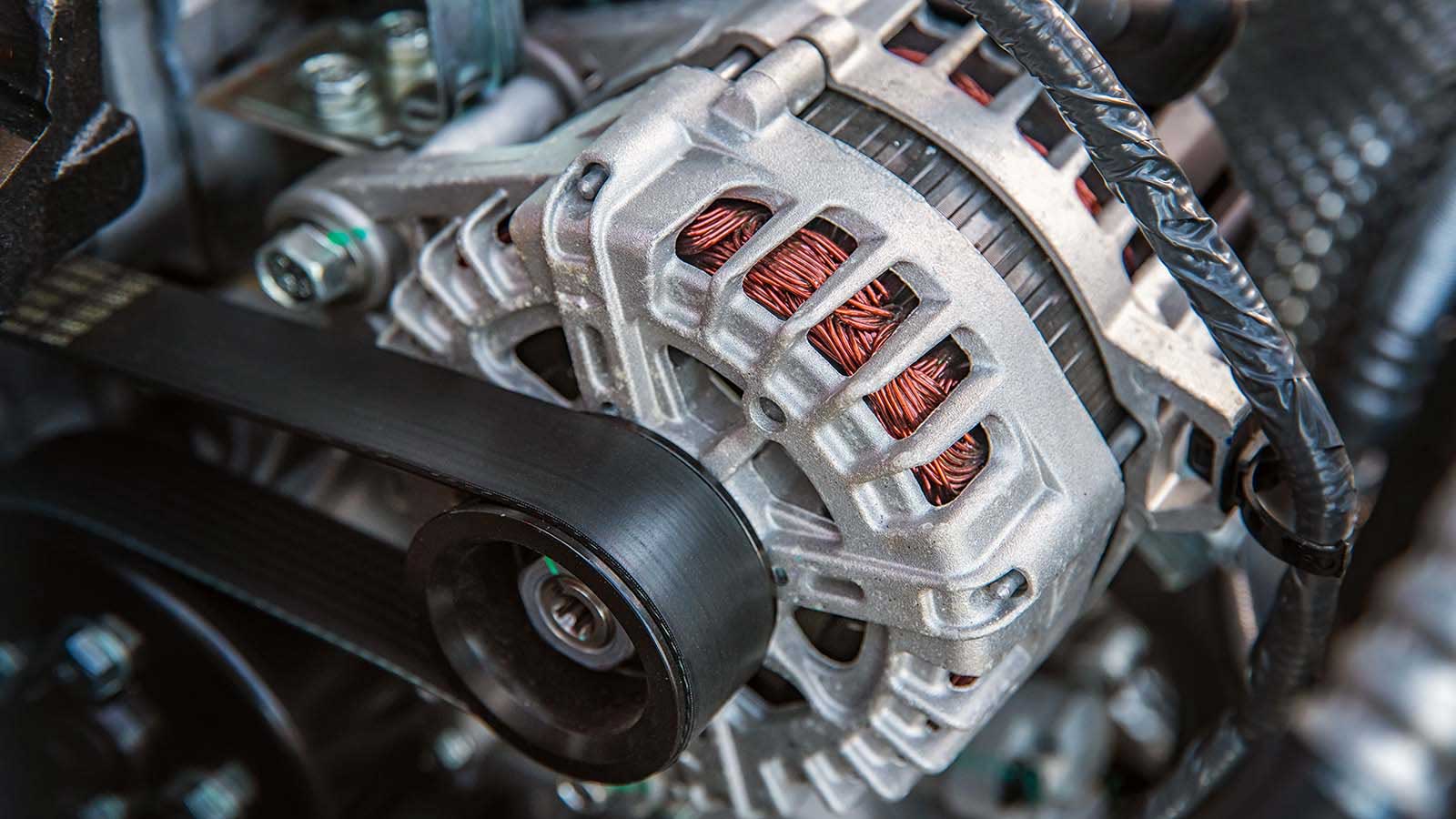Have you ever wondered about the unseen hero that keeps your car's electrical system humming? Meet the humble alternator, a vital component often overlooked but crucial to your vehicle's operation.
What is an Alternator?
Think of an alternator as your car's personal power plant. It's a device that converts mechanical energy, typically from the engine's crankshaft, into electrical energy for use in your vehicle. This energy is used to charge the battery, power the car's electrical components (like headlights, radio and power windows), and even recharge the battery while the engine runs.
Without an alternator, your car couldn’t maintain its electrical system once the engine is turned off. This would mean your battery would gradually drain, and eventually, your car would be unable to start.
How does an Alternator work?
The inside of an alternator is a marvel of engineering. Inside, a rotor spins within a stator (a stator is a series of coils of wire wrapped around a core, forming a cylinder). This spinning motion generates a magnetic field, which induces an electric current.
This raw electrical current is then cleaned up and regulated by a diode rectifier and voltage regulator, resulting in the smooth, steady DC power your car's electrical system craves to keep the lights on.
Signs of a failing alternator
A failing alternator can lead to a variety of issues for your car. Keep an eye out for these common symptoms:
- Your headlights keep dimming: If your headlights or interior lights start dimming, especially when idling or using accessories, it could be a sign of a failing alternator.
- You see a battery warning light: A lit-up battery warning light on your dashboard clearly indicates a potential issue that needs to be checked.
- You hear strange noises: A whining or grinding noise from the engine compartment might signal a failing alternator bearing. You best get that checked out.
- You experience frequent battery issues: If your battery keeps draining, even after being charged, it's worth investigating your alternator for potential issues.
Ignoring these signs can lead to a dead battery, leaving you stranded.
Alternator vs. battery: What’s the difference in this dynamic duo?
While often lumped together, the alternator and battery serve two very distinct, separate roles. The battery provides the initial power to start the engine, while the alternator takes over once the engine is running, charging the battery and powering the electrical system.
Keeping your alternator healthy
To ensure your alternator's longevity you can do the following:
- Check the belt regularly: A worn or loose belt attached to the alternator can hinder its' performance.
- Avoid overloading it: Excessive use of electrical accessories can strain the alternator.
- Maintain good battery maintenance: A healthy battery reduces the load on the alternator helping it live longer.
Repair or replace when there’s an issue?
The decision to repair or replace an alternator depends on the specific issue. Minor repairs might be feasible, but for significant problems, replacement is often the most cost-effective solution.
Common alternator myths debunked
Myth 1: You can jump-start a car indefinitely with a bad alternator.
Fact: While a jump-start can temporarily get you going, a faulty alternator will eventually drain the battery again.
Myth 2: A bigger alternator means better performance.
Fact: A larger alternator can provide more power, but it's important to match it to your vehicle's specific needs.
Hopefully, by understanding the role of the alternator a little better, you can care for your vehicle and avoid unexpected breakdowns related to batteries and alternators!

